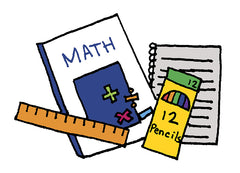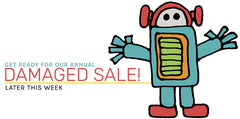Plan for Convergent and Divergent Thinking
As you begin making plans for next school year, you’ll want to keep in mind the necessity of incorporating both convergent and divergent thinking into your curriculum selection. Experts recognize these as the two major types of brain challenges we all encounter.
What is Convergent Thinking?
Convergent thinking generally involves finding a single best answer, and is important in the study of math and science. Convergent thinking is the backbone of the majority of curriculum, and is crucial for future engineers, doctors, and even parenting. Much of daily life is a series of determining right and wrong answers, and standardized tests favor the convergent thinker. But when we pursue only convergent-rich curriculum we miss the equally vital arena of divergent thinking.
How is Divergent Thinking Different?
Divergent thinking encourages your child’s mind to explore many possible solutions, maybe even ideas that aren’t necessarily apparent at first. It is in use when he discovers that there is more than one way to build a bridge with blocks, to animate a movie, or even simply to complete a doodle. Radically different from read-and-regurgitate textbooks, important as they are, divergent activities are not only intellectually stimulating, kids love them.
Make a Conscious Effort to Include Both in Your Curriculum
Admittedly, because most textbooks and even puzzles are designed for convergent thinking, you will need to make a conscious effort to expose your children to multiple opportunities for divergent thinking. It is imperative because both divergent and convergent thinking are necessary for critical thinking to be effective. This year ask yourself: “How will this curriculum improve my child’s convergent and divergent thinking skills?”
 Skip to content
Skip to content





